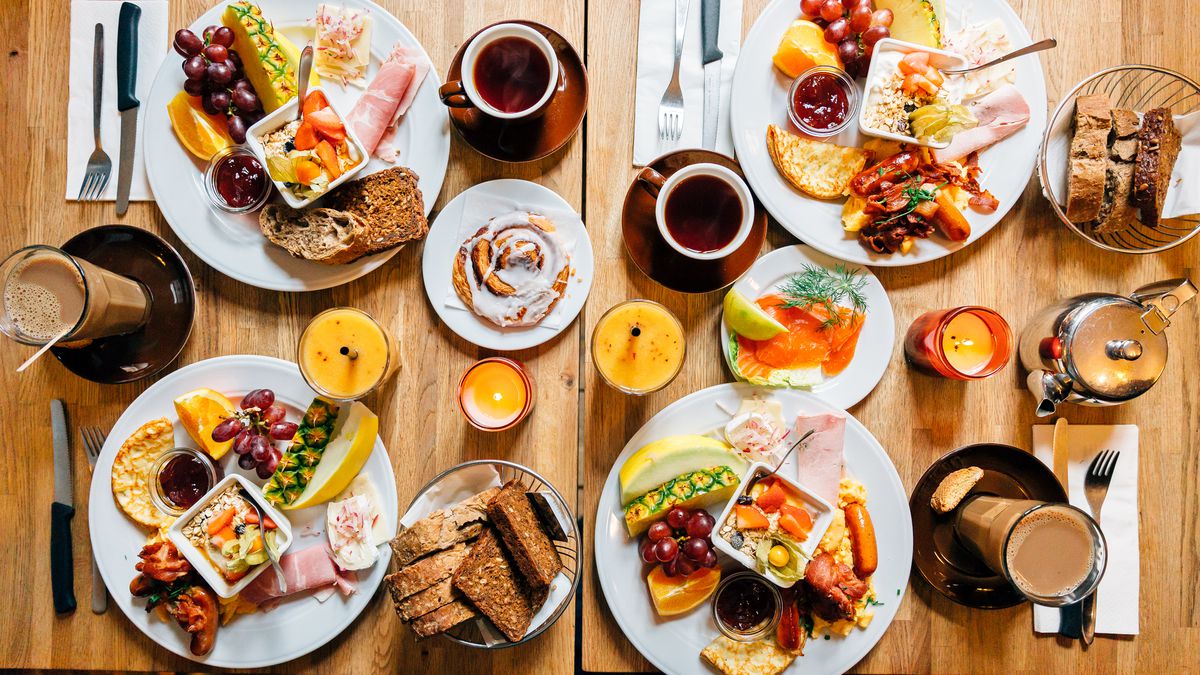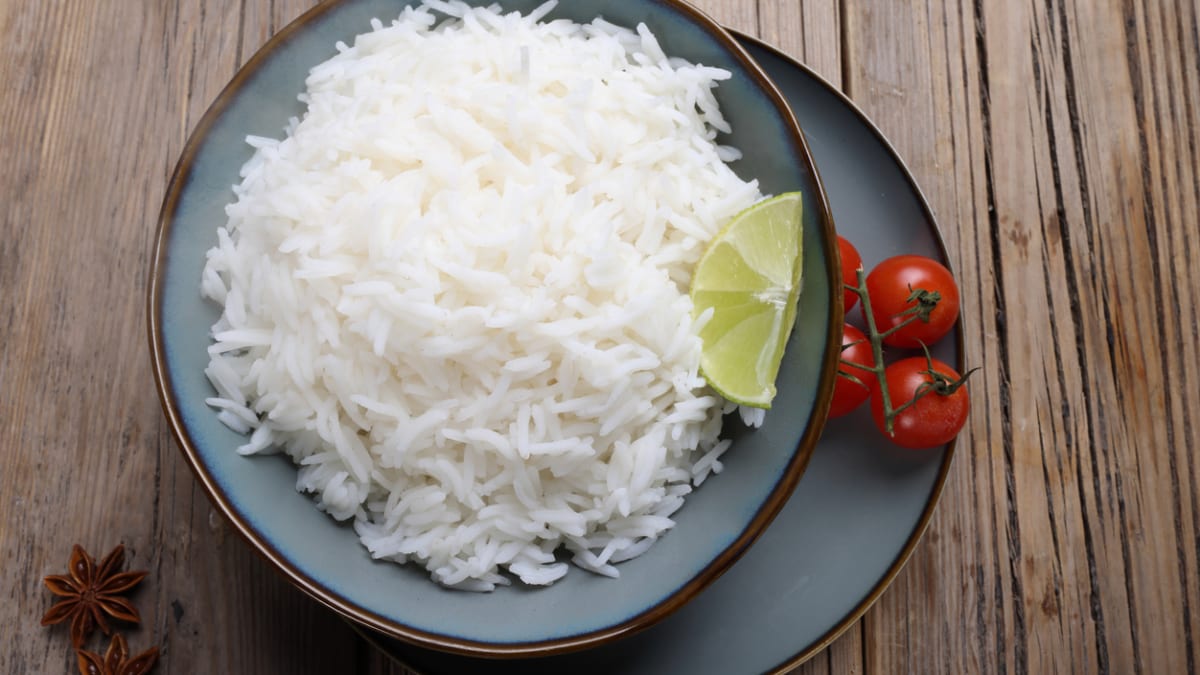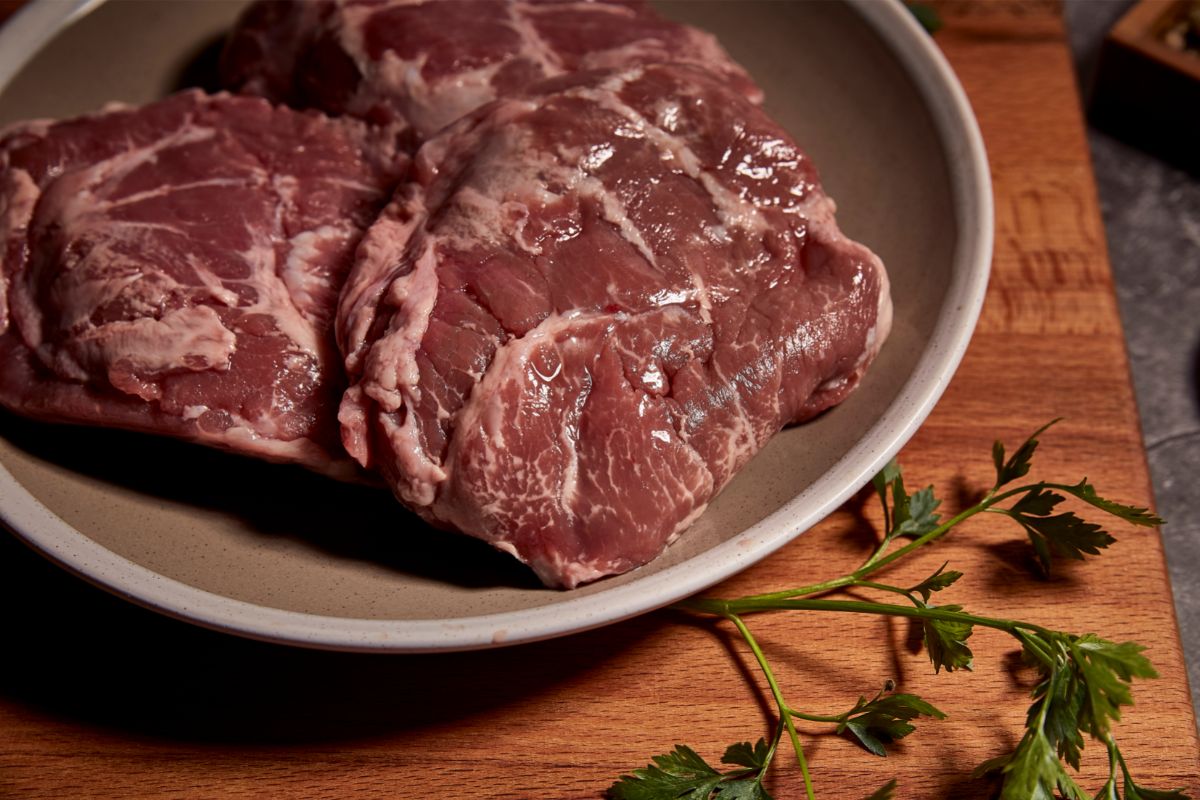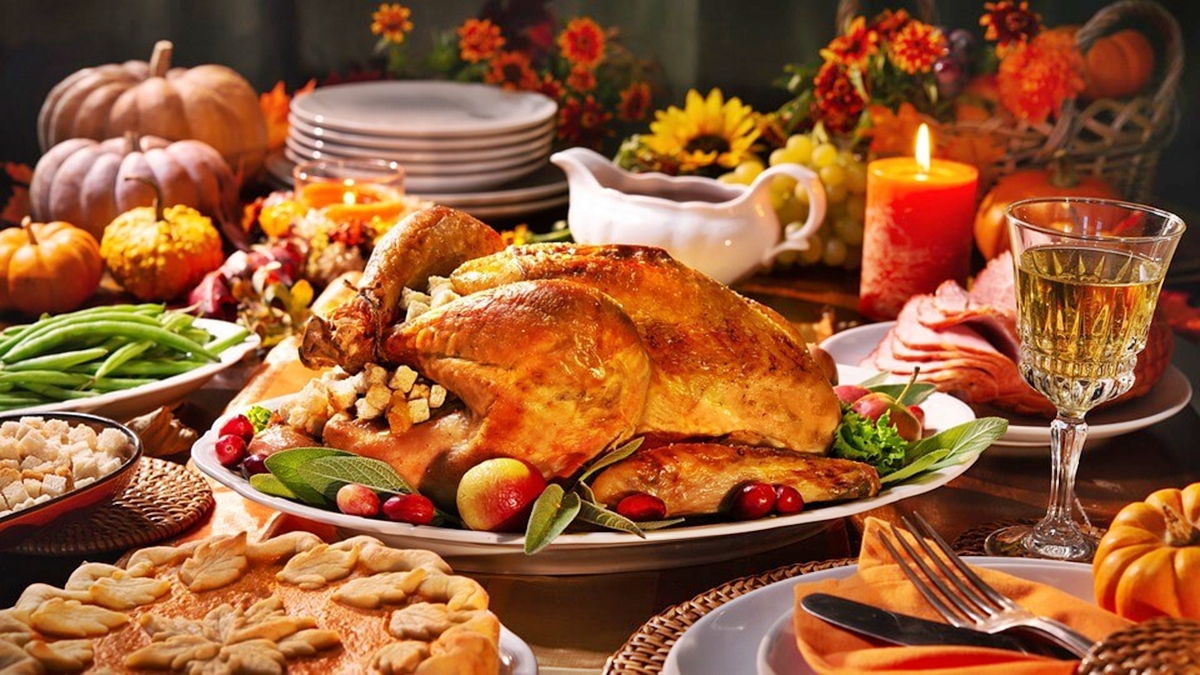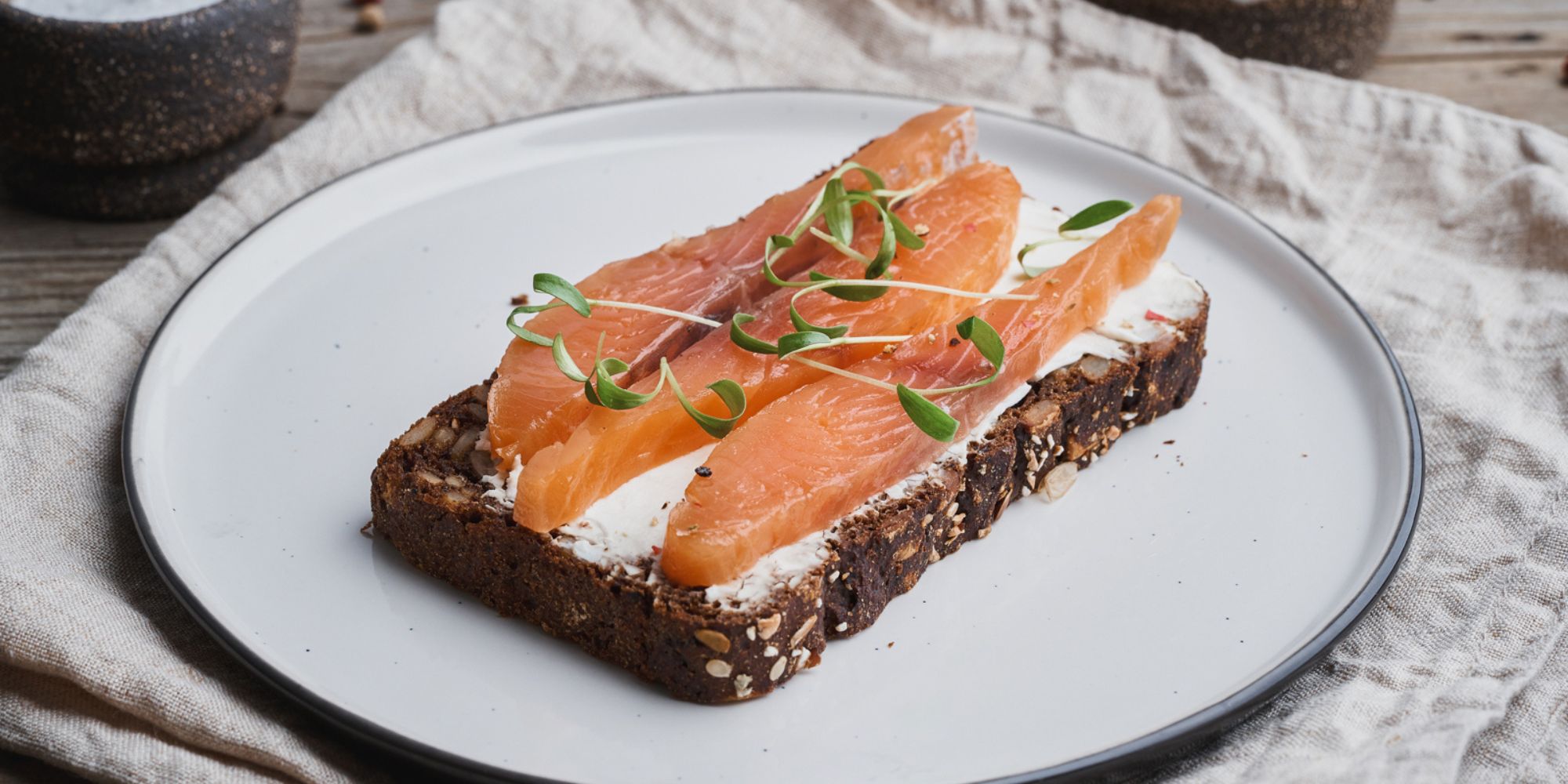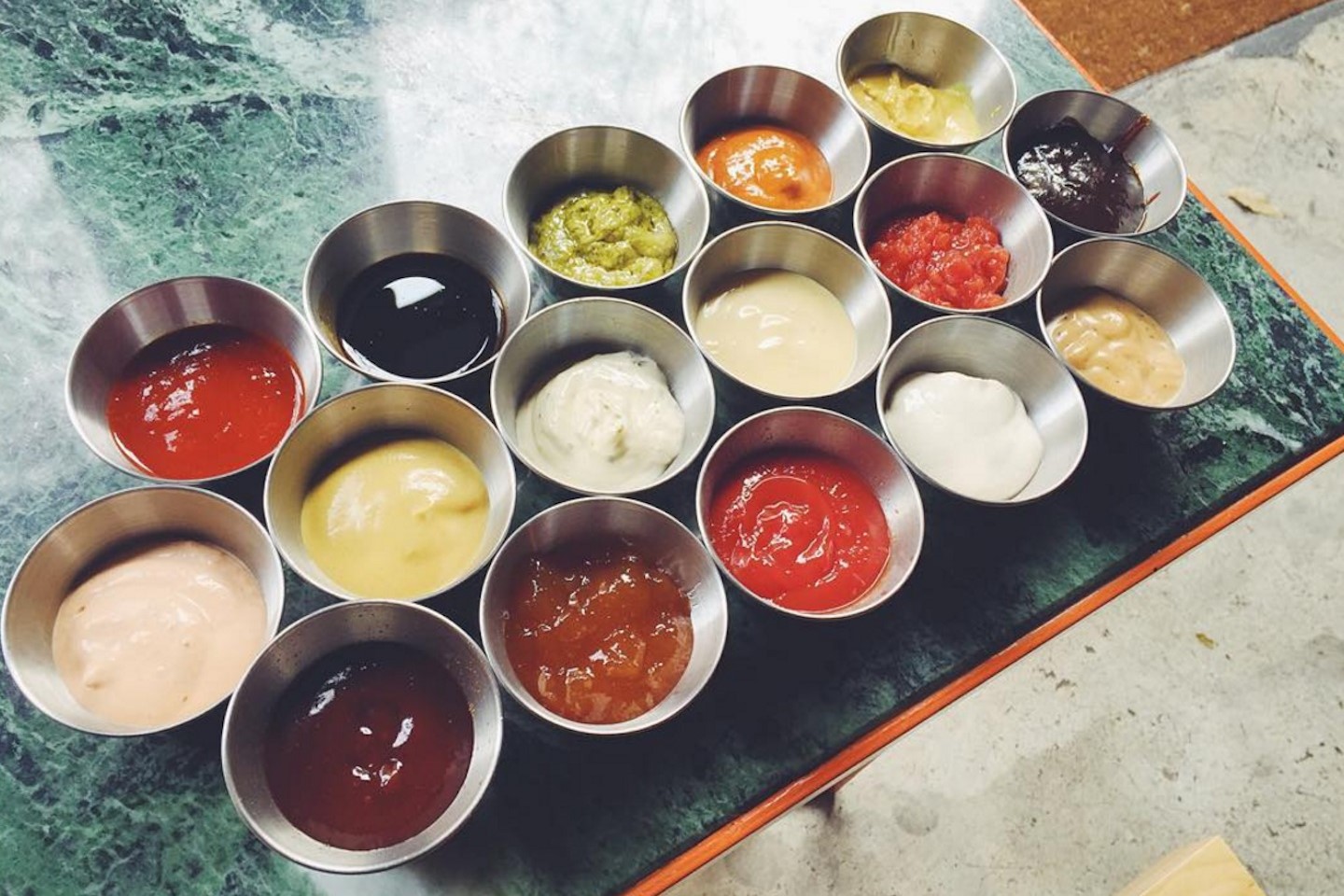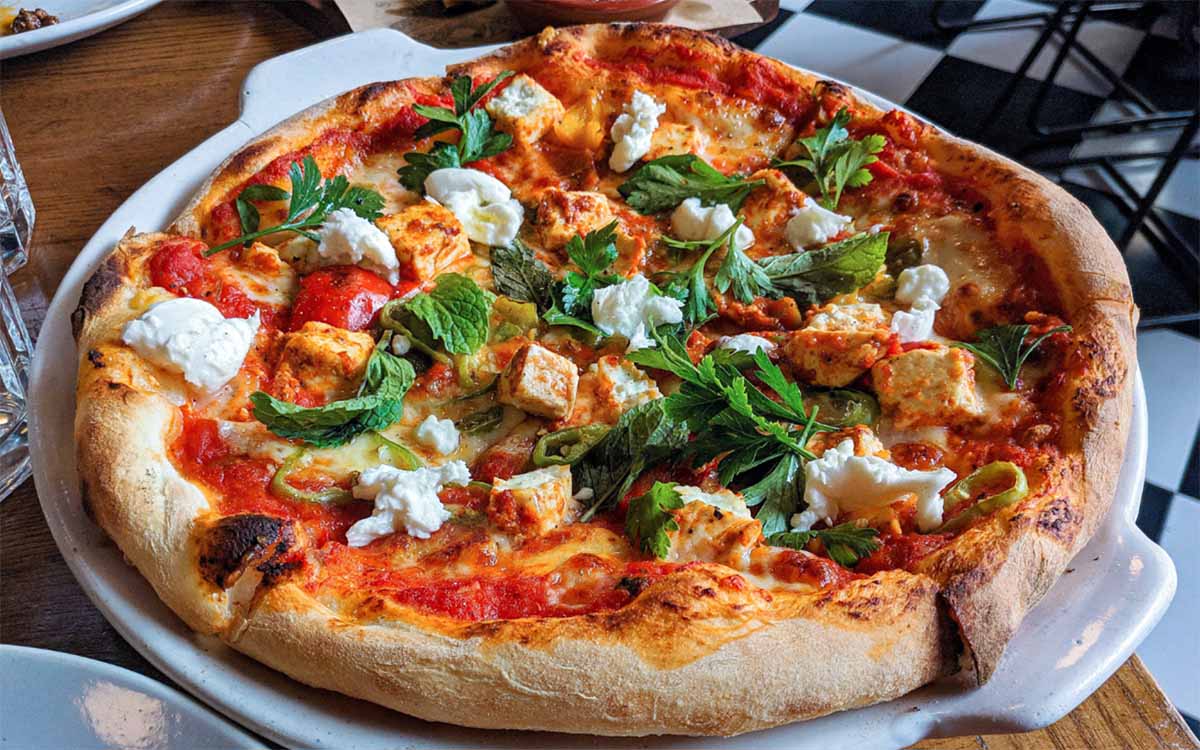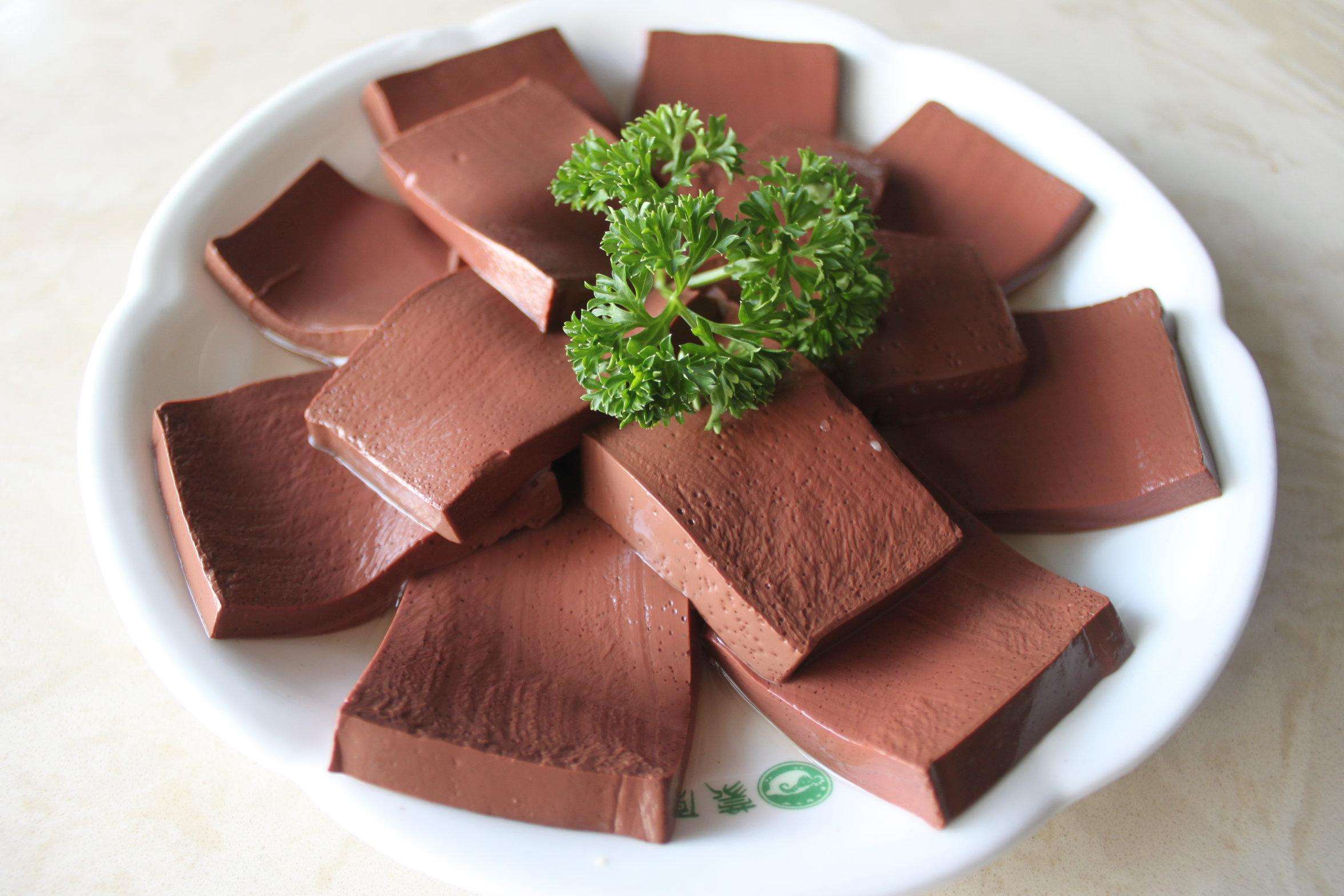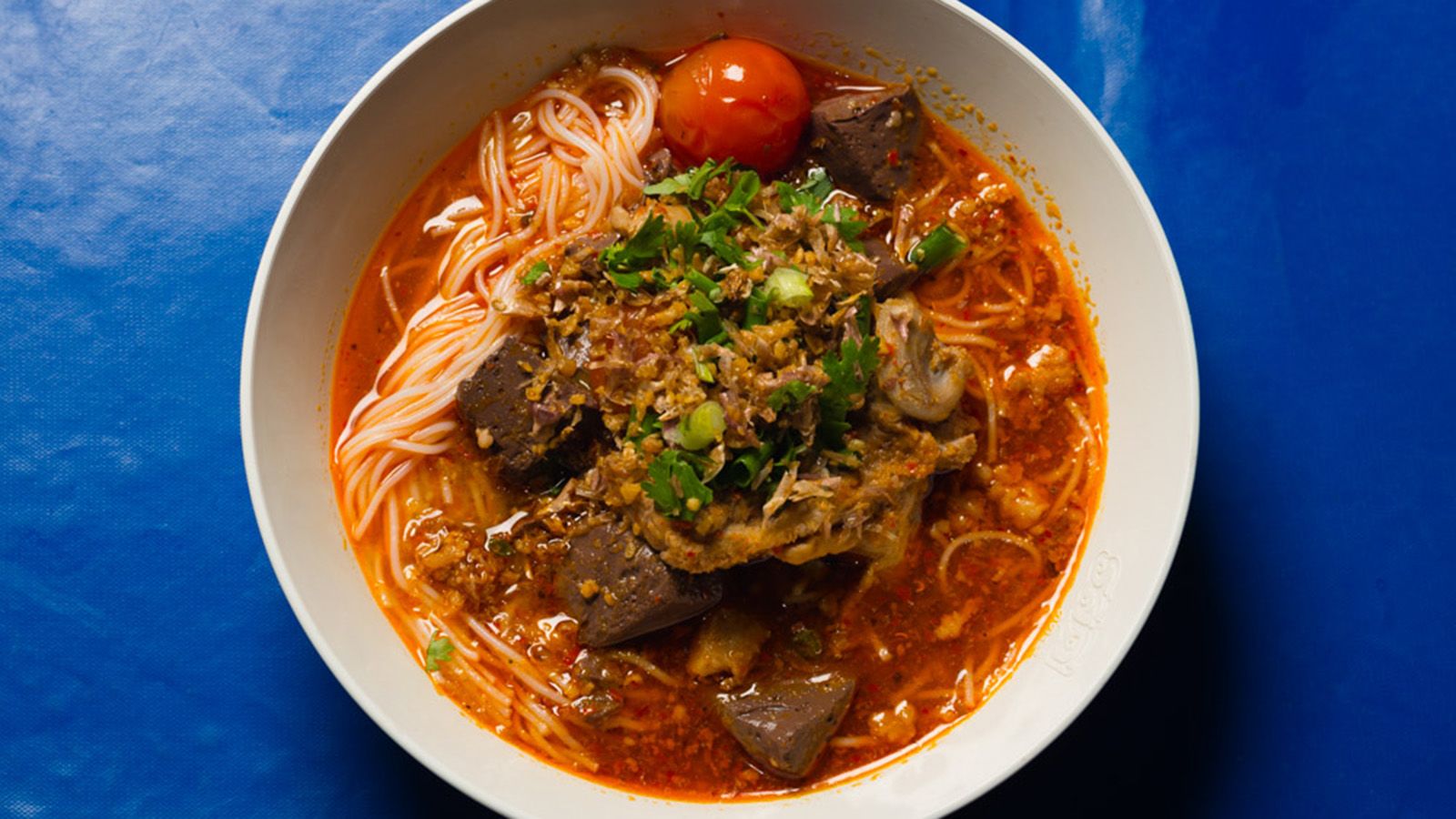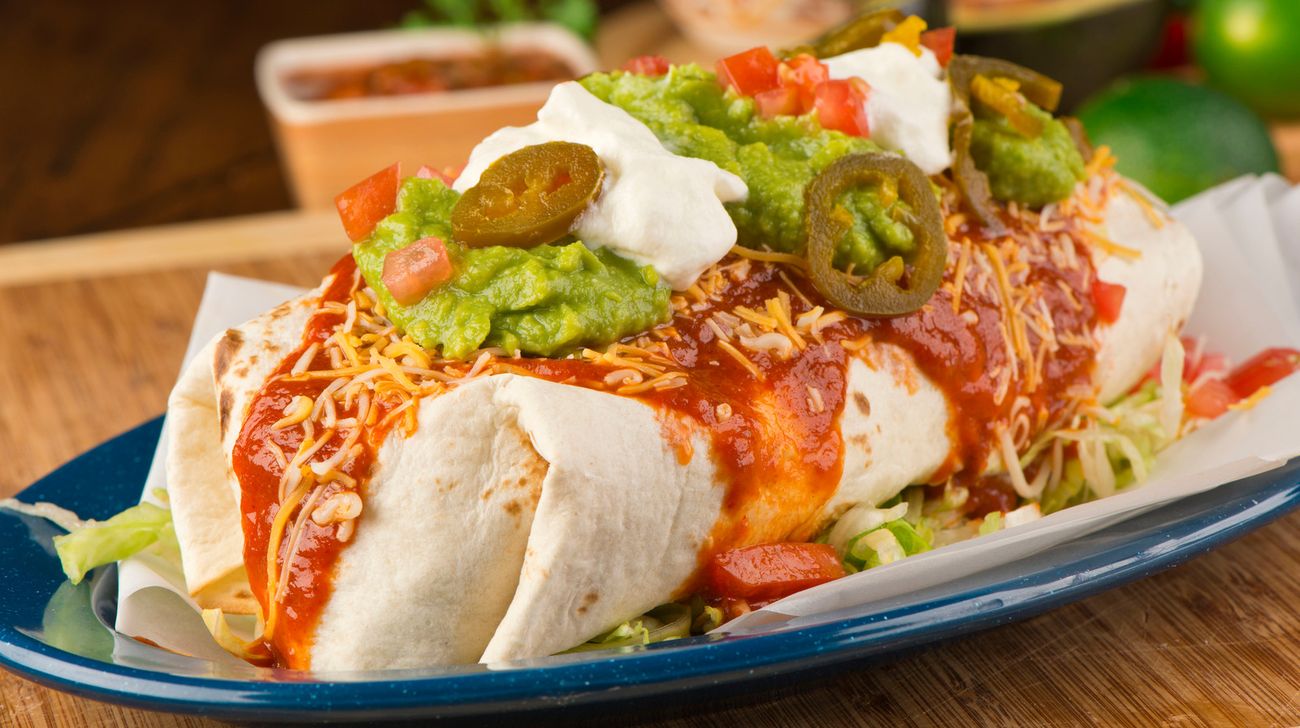Traveling solo for the first time can be thrilling, especially when it involves tasting new foods. Exploring global food traditions offers a unique way to connect with different cultures. From savoring street food in Bangkok to enjoying tapas in Spain, each bite tells a story. Trying local dishes not only satisfies hunger but also provides insight into the history and customs of a place. Whether you're slurping ramen in Japan or munching on empanadas in Argentina, solo travel allows you to indulge in culinary adventures at your own pace. Ready to dive into a world of flavors? Let's get started!
Essential Ingredients for Your Culinary Adventure
Exploring Global First Solo Travel Food Traditions
-
Japan: Sushi
- Sushi rice
- Nori (seaweed sheets)
- Fresh fish (salmon, tuna)
- Soy sauce
- Wasabi
- Pickled ginger
- Rice vinegar
- Sugar
- Salt
-
Italy: Pasta Carbonara
- Spaghetti
- Eggs
- Parmesan cheese
- Pecorino Romano cheese
- Pancetta or guanciale
- Black pepper
- Salt
-
Mexico: Tacos
- Corn tortillas
- Ground beef or chicken
- Onion
- Garlic
- Cumin
- Chili powder
- Paprika
- Salt
- Pepper
- Fresh cilantro
- Lime
- Salsa
- Avocado
-
India: Chicken Curry
- Chicken pieces
- Onion
- Garlic
- Ginger
- Tomatoes
- Coconut milk
- Garam masala
- Turmeric
- Cumin
- Coriander
- Chili powder
- Salt
- Fresh cilantro
-
France: Croissants
- All-purpose flour
- Unsalted butter
- Milk
- Sugar
- Salt
- Yeast
- Egg (for egg wash)
-
Thailand: Pad Thai
- Rice noodles
- Shrimp or chicken
- Eggs
- Bean sprouts
- Green onions
- Garlic
- Tamarind paste
- Fish sauce
- Sugar
- Crushed peanuts
- Lime
- Fresh cilantro
-
Greece: Moussaka
- Eggplants
- Ground lamb or beef
- Onion
- Garlic
- Tomatoes
- Red wine
- Cinnamon
- Nutmeg
- Salt
- Pepper
- Potatoes
- Béchamel sauce (butter, flour, milk, nutmeg, cheese)
-
Morocco: Tagine
- Chicken or lamb
- Onion
- Garlic
- Tomatoes
- Carrots
- Potatoes
- Dried apricots or prunes
- Almonds
- Olive oil
- Ras el hanout spice mix
- Cinnamon
- Ginger
- Saffron
- Fresh cilantro
-
USA: Cheeseburger
- Ground beef
- Burger buns
- Cheddar cheese
- Lettuce
- Tomato
- Onion
- Pickles
- Ketchup
- Mustard
- Salt
- Pepper
Must-Have Tools for Exploring Global First Solo Travel Food Traditions
Tools Needed for Exploring Global First Solo Travel Food Traditions
- Travel Journal: Document culinary experiences, recipes, and cultural notes.
- Smartphone: Capture photos, videos, and use translation apps.
- Portable Utensils: Fork, spoon, knife, and chopsticks for street food.
- Reusable Water Bottle: Stay hydrated while exploring.
- Local Currency: Cash for markets and street vendors.
- Backpack: Carry essentials comfortably.
- Travel Guidebook: Find local food spots and cultural insights.
- Portable Charger: Keep devices powered.
- Hand Sanitizer: Maintain hygiene before meals.
- Comfortable Shoes: Walk around markets and food stalls.
- Notebook and Pen: Jot down recipes and cooking tips.
- Reusable Shopping Bag: Carry ingredients from markets.
- Lightweight Jacket: Stay comfortable in varying weather.
- Map or GPS Device: Navigate to food destinations.
- Language Phrasebook: Communicate with locals about food.
- Camera: Capture high-quality food photos.
- Food Containers: Store leftovers or snacks.
- First Aid Kit: Handle minor injuries or illnesses.
- Travel Insurance: Cover unexpected health issues.
- Cooking Class Voucher: Learn local recipes firsthand.
When traveling solo, try local street food. It's affordable, authentic, and offers a taste of the culture. Always ask locals for recommendations to find the best spots.
The Importance of Exploring Global First Solo Travel Food Traditions
Exploring global first solo travel food traditions offers a unique way to connect with different cultures. Food serves as a universal language, breaking barriers and fostering understanding. Solo travelers often seek authentic experiences, and tasting local dishes provides insight into a region's history, values, and daily life.
Sampling traditional cuisine allows solo travelers to immerse themselves in the local culture. Each dish tells a story, reflecting the community's heritage and lifestyle. This culinary exploration enriches the travel experience, making it more memorable and meaningful.
How to Master Exploring Global First Solo Travel Food Traditions
Exploring Global First Solo Travel Food Traditions
1. Research Local Cuisine
- Identify popular dishes: Look up the most famous foods in your destination.
- Understand ingredients: Familiarize yourself with common local ingredients.
- Learn about meal times: Know when locals typically eat breakfast, lunch, and dinner.
2. Visit Local Markets
- Find fresh produce: Explore markets for fresh fruits, vegetables, and meats.
- Talk to vendors: Ask about their products and how they are used in local dishes.
- Sample street food: Try small portions of street food to get a taste of local flavors.
3. Eat at Local Restaurants
- Choose authentic spots: Look for restaurants frequented by locals.
- Order traditional dishes: Select items from the menu that are unique to the region.
- Observe dining customs: Pay attention to how locals eat and follow their lead.
4. Take a Cooking Class
- Find a reputable class: Look for cooking classes that focus on traditional cuisine.
- Learn from locals: Choose classes taught by local chefs or home cooks.
- Practice cooking techniques: Get hands-on experience with local cooking methods.
5. Join Food Tours
- Book a guided tour: Sign up for food tours that explore different parts of the city.
- Taste a variety of dishes: Sample multiple dishes and learn about their history.
- Meet fellow travelers: Connect with other solo travelers and share food experiences.
6. Visit Food Festivals
- Check event calendars: Look for food festivals happening during your visit.
- Experience seasonal foods: Try dishes that are only available during certain times of the year.
- Enjoy cultural performances: Watch traditional music and dance while enjoying local food.
7. Learn Basic Phrases
- Master food-related words: Learn how to say common food items and phrases in the local language.
- Ask for recommendations: Use these phrases to ask locals for their favorite dishes.
- Understand dietary restrictions: Communicate any dietary needs or allergies.
8. Document Your Journey
- Take photos: Capture pictures of the dishes you try and the places you visit.
- Write notes: Keep a journal of your food experiences and any interesting facts you learn.
- Share on social media: Post your food adventures to inspire others and keep memories.
9. Respect Local Etiquette
- Follow dining customs: Adhere to local dining etiquette, such as using utensils or eating with hands.
- Be mindful of portions: Order only what you can eat to avoid waste.
- Show appreciation: Thank your hosts or servers and express gratitude for the meal.
10. Reflect on Your Experience
- Compare flavors: Think about how the food compares to what you are used to.
- Appreciate diversity: Recognize the uniqueness of each cuisine and its cultural significance.
- Plan future travels: Use your food experiences to inspire future solo travel destinations.
Savoring the World’s Flavors
Traveling solo offers a unique opportunity to dive into local food traditions. From savoring street food in Bangkok to enjoying a traditional tea ceremony in Japan, each experience adds a rich layer to your journey. These culinary adventures not only fill your stomach but also your soul, connecting you deeply with the culture and people.
Remember to be adventurous with your taste buds. Try that unfamiliar dish, chat with local vendors, and maybe even take a cooking class. These moments create lasting memories and stories to share.
As you plan your next solo trip, let food guide your path. Embrace the flavors, textures, and aromas that make each destination unique. Your solo travel experience will be richer, more vibrant, and infinitely more delicious. Safe travels and happy eating!
Common Questions About Exploring Global First Solo Travel Food Traditions
What are some must-try foods for solo travelers in Italy?
In Italy, you can't miss pizza in Naples, pasta in Rome, and gelato everywhere. Each region has its own specialties, so be adventurous and try local dishes like risotto in Milan or bistecca alla fiorentina in Florence.
How can I find authentic food experiences while traveling alone?
Look for local markets, street food stalls, and family-owned restaurants. Chat with locals for recommendations. Avoid touristy spots and instead, seek out places where locals eat.
Is it safe to eat street food in foreign countries?
Generally, yes, but use common sense. Look for vendors with long lines, which usually means the food is fresh and popular. Make sure the food is cooked thoroughly and served hot.
What should I do if I have dietary restrictions?
Research ahead of time. Learn key phrases in the local language to explain your restrictions. Many places are accommodating, especially if you communicate clearly. Carry some snacks just in case.
How can I budget for food while traveling solo?
Mix it up. Splurge on one meal a day and go cheap for others. Visit grocery stores for snacks and breakfast items. Street food and local markets often offer delicious, affordable options.
What are some unique food traditions I should know about?
In Japan, slurping your noodles is a sign of appreciation. In India, eating with your hands is common. In Spain, dinner is usually served late, around 9 or 10 PM. Embrace these traditions to enhance your experience.
How do I handle language barriers when ordering food?
Use translation apps or carry a small phrasebook. Pointing to menu items or pictures can also help. Most places are used to tourists and will try to assist you.
